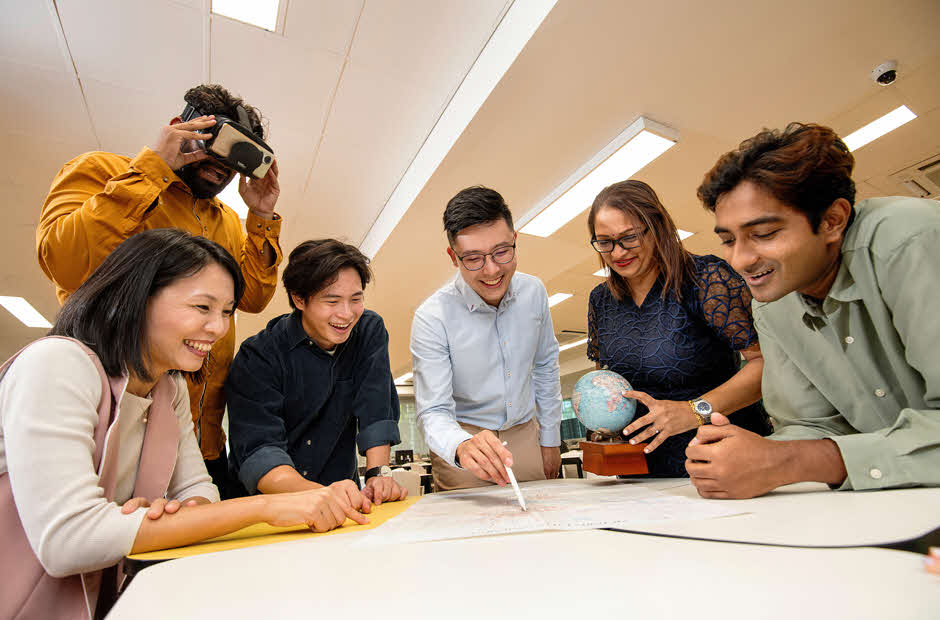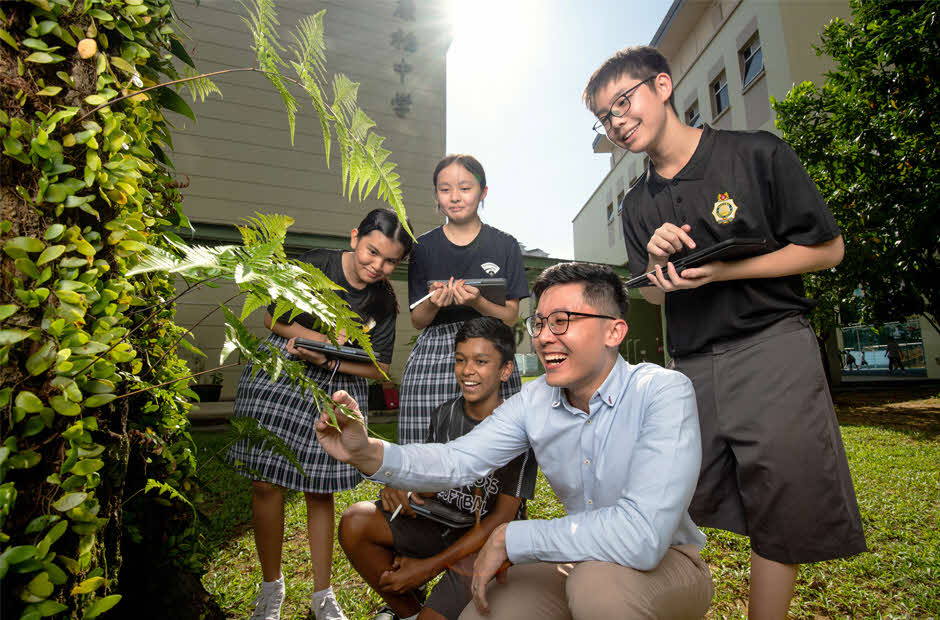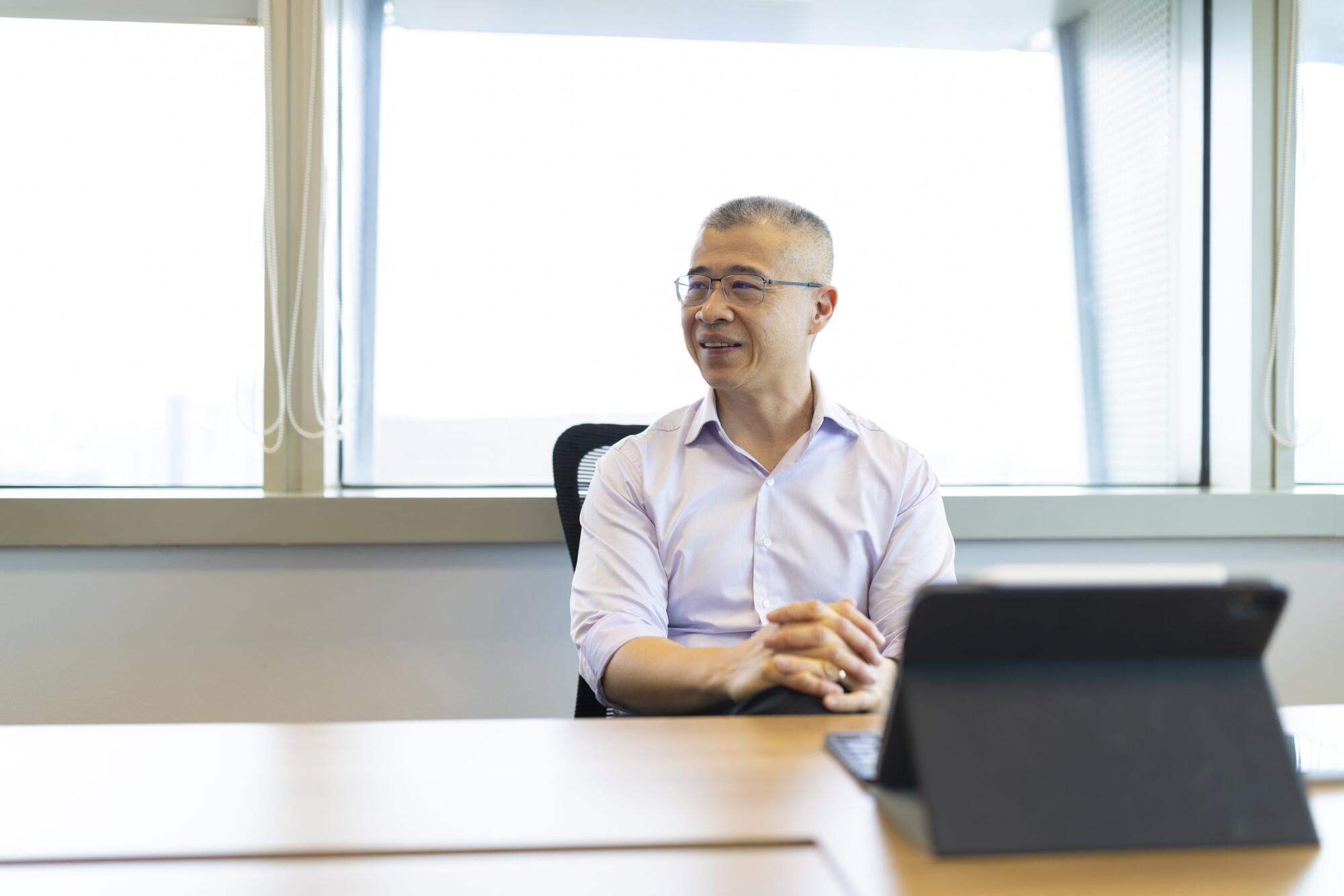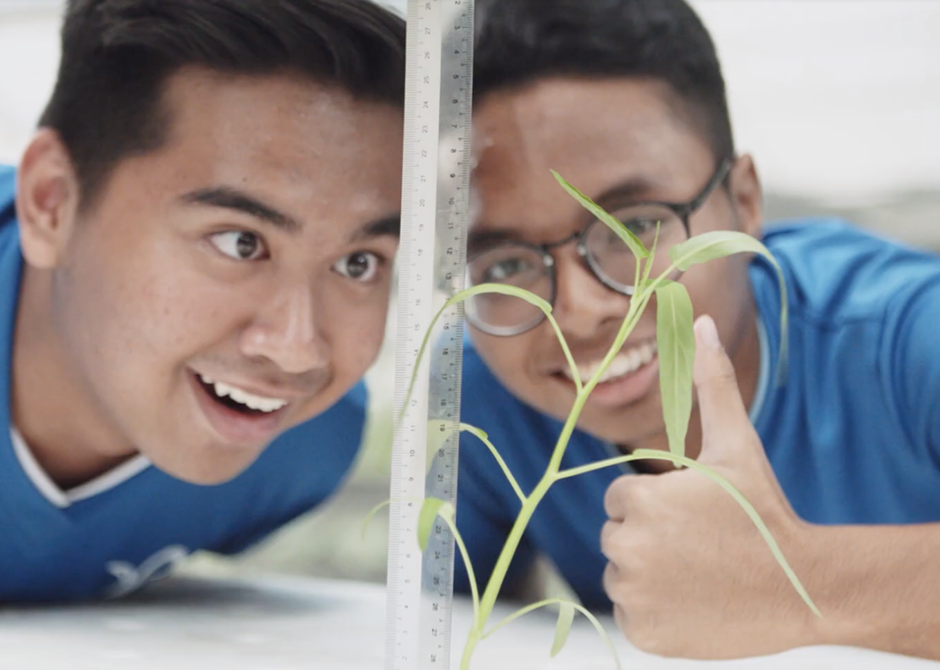A teaching win for me is… when learning comes alive in my classes.
“How do you think the Eras Tour will affect Singapore?”
I posed this question to my students earlier this year. Taylor Swift was going to perform at the National Stadium and I wanted to capitalise on my students’ excitement! But what does this superstar have to do with Geography? Quite a bit.
Geography is frequently misunderstood by students as a subject that is about memorising facts about distant, far-flung places or reading the world map. As a result, they struggle to see its relevance to their lives. They couldn’t be more wrong!
I bridge this gap by relating what they are learning with what they are experiencing. I ask questions to spark their curiosity and pepper my lessons with what’s going on out there. Lessons are also designed for my students to gather and make sense of real-world data because this lets them see how the learning is applicable to their lives. I want to instil in them a zest for lifelong learning and teach them the skills to make sense of the world around them.
Back to the ‘Swiftdom’-themed lesson, one of my students, Shirlene, exclaimed, “’Cher, did you know that Taylor Swift single-handedly revived the local craft shops in Singapore? All the shops sold out their craft works thanks to the Swifties. There was none left for me!”
Another student, Daniel, quipped, “But at least the craft shops get to earn more from this craze.”
The lesson was initially about the impact of tourism, but this turn in the conversation catalysed a deeper exploration of what economic impact might look like, with my students’ personal anecdotes serving as valuable insights into the topic.
Seeing the buzz among my students the moment ‘Swiftdom’ entered the conversation, it’s hard to imagine that they are usually more reserved. They eagerly volunteered their personal experiences, scoured videos and news articles for supporting evidence, and engaged fervently in discussions about Taylor Swift’s net impact on Singapore.
This is Geography beyond the classroom, where learning comes alive. I strive to create this in all my Geography lessons, for all my students.
An effective teaching tool for me is… Place-based Inquiry.
The students’ eyebrows furrowed with concentration as they scribbled intently, pausing occasionally to examine their surroundings. Their task? To document the mangrove ecosystem of the Sungei Buloh Wetland Reserve as part of Geographical Investigation.
To me, Place-based Inquiry is one of the most powerful tools at a teacher’s disposal.
When students venture outdoors, they absorb more than textbook knowledge. At the Wetland Reserve, I saw my students become active participants, posing questions, snapping photos and completing annotated sketches of the flora. I saw engagement with all five senses.
When taking students to the field is not feasible, I bring the ‘field’ to them! Using virtual reality technologies, they can explore environments from the fiery depths of the Fagradalsfjall volcano in Iceland to the lush rainforests of the Amazon Basin.
This year, I led a group of colleagues and Secondary 3 students to Indonesia to broaden their horizons and think critically about the world beyond Singapore. My own fishbowl perspective of the world was widened when I was a student, during a school trip to Malaysia. It unveiled the beauty and interconnectedness of our physical and human landscapes. Whether it was the visceral feeling of immersing my feet in flowing waters near Batu Caves during fieldwork, or the conflicting sensations of vertigo and wonder as I sketched the skyline of Kuala Lumpur from the dizzying heights of the Petronas Twin Towers, these experiences inspire my belief that much learning in Geography unfolds out there.
A project I find meaningful is… my school’s Overseas Learning Experiences.
As head of my school’s National Education and Overseas Learning Experiences (OLEs) Committee, I was very excited when overseas school trips were revived after the pandemic.

In designing the OLEs curriculum, my team wanted our students to be able to think deeply, navigate complexity and develop global competence. Thus, we incorporated a series of local comparative learning experiences to complement the overseas segment of the programme.
For instance, in our introductory Indonesia OLE session, participants studied Jakarta’s National Monument alongside Singapore’s Padang. They were fascinated by the shared significance of these landmarks in shaping national identity. When they shared their research on the interconnectedness of global cultures and histories, their excitement was infectious.
Beyond exposing students to the varied landscapes of Asia, we also wanted to sensitise them to the realities of the world. Therefore, we secured visits to multinational companies in Jakarta, as well as local tech startups. Having just returned from our OLE to Indonesia in May, I am certain that our students have had a glimpse of future careers and seen the importance of staying relevant in our rapidly evolving world. I eagerly await our subsequent OLEs to China and Vietnam.






